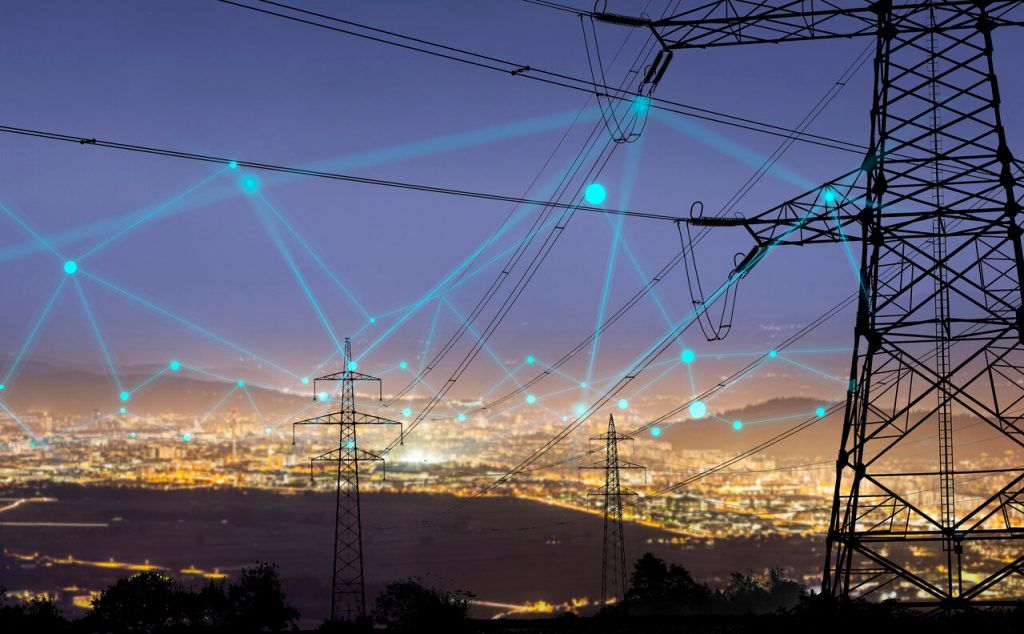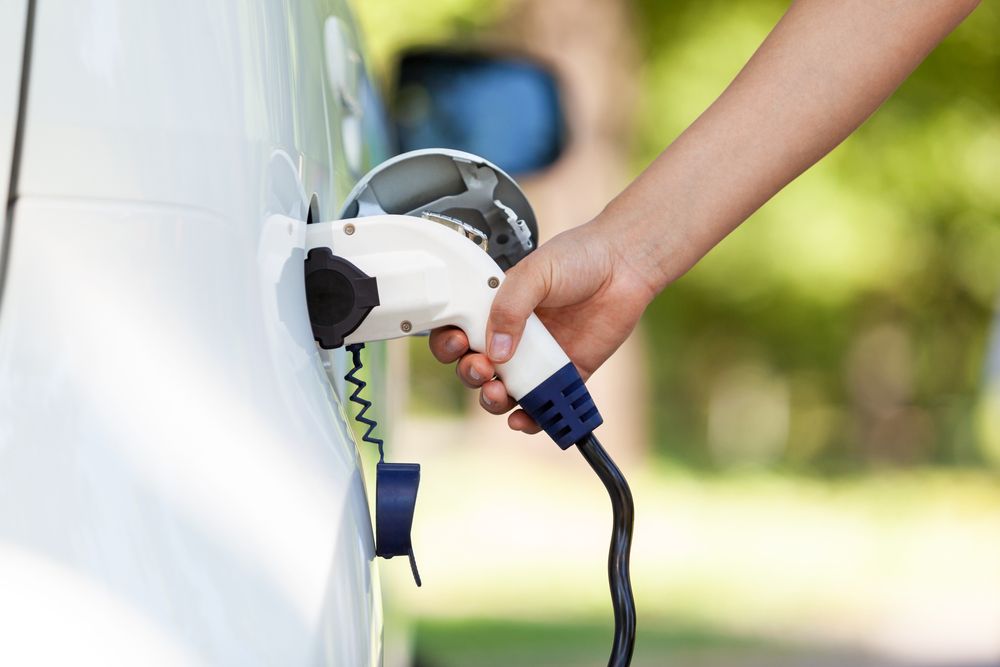Research carried out by Scottish and Southern Electricity Networks (SSEN) shows that electric vehicle ownership must increase by 11,000% in order to help the UK reach net zero.
The network operator has published new research on the uptake of low carbon technologies (LCTs) required to put the UK on the road to net zero.
Examining the expected changes in SSEN’s two distribution areas in the south of England and north of Scotland, the data reveals electric vehicle ownership will increase from 44,000 to 5m in these two areas alone.
The research, undertaken by sustainable energy experts Regen, provides detailed forecasts of LCT uptake which can inform the investment required to accommodate extensive electrification. In addition to the changes in transport demand, the data reveals that to be on the road to net zero most gas boilers will have to be replaced by heat pumps, of which SSEN’s regions currently host around 16,600: in a net zero scenario, the local electricity network will need to support nearly 2.5m by 2050.
The data published today (22 June) highlights both the scale of the challenge, and the opportunity to invest in a green recovery from coronavirus.
As the distribution network operator (DNO) in the north of Scotland and southern England, SSEN says it is determined to make best use of its electricity networks in the transition to net zero, deploying data and emerging technologies to deliver a smarter, flexible and secure energy system which can facilitate LCT uptake at maximum pace and minimum cost to customers.
SSEN has already rolled out low cost substation monitoring equipment to track electricity demand on networks which have seen high levels of EV uptake, but these are lagging indicators, showing only where demand has already increased.
SSEN commissioned research from Regen, published today (22 June), which examines the future uptake of LCTs under a number of decarbonisation scenarios. SSEN will be making this data public shortly, allowing individuals, community groups and local authorities to access data about their own local area.
Richard Hartshorn, EV readiness manager for SSEN, said: “We already knew that the uptake of low carbon technologies is likely to leap and could pose major challenges for the resilience of our network. This research gives us a granular, year-by-year breakdown of when and where we should be ready to support the emergence of new technologies which will allow us to invest strategically and keep costs as low as possible for customers.
“Accurate forecasts are essential for us to identify future areas of constraint. We are committed to using flexibility first before deploying network reinforcement and better information allows us to source the flexibility suppliers, peer-to-peer trading of energy, heat maps and predictive fault analytics that will ensure security of supply. This data will provide an evidence base to support the development of SSEN’s business case for the crucial years ahead.”
Joel Venn, head analyst at Regen, added: “Low voltage assets in SSEN’s two licence areas include 400,000 street level feeders and 110,000 secondary transformer substations, making these projections the most granular we have done in this area. Our research incorporated the highly distinctive traits of different Scottish and English regions and local areas, such as levels fuel poverty, rural and urban environments, vehicle use trends, connection to the gas grid and level of local authority climate change response and ambition. This will allow SSEN and the wider public to access our robust predictions that are broken down on an annual basis, out to 2050.”








